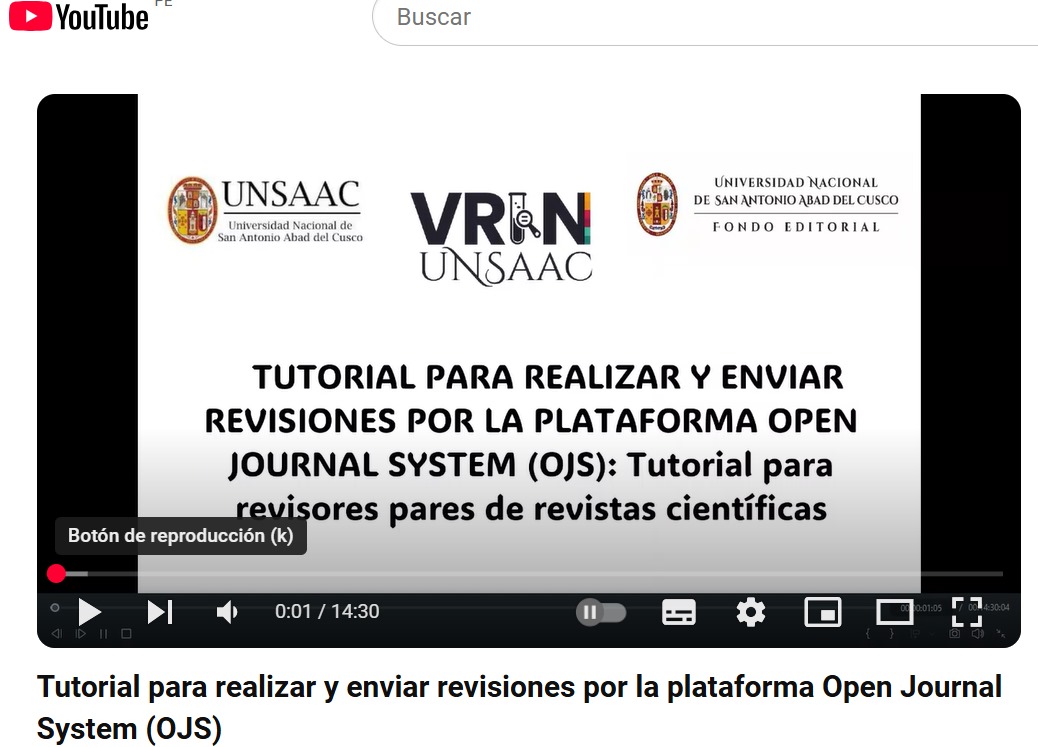Capacidad fitorremediadora de Hydrocotyle ranunculoides L. f., en aguas contaminadas con mercurio
DOI:
https://doi.org/10.51343/racs.v1i2.577Palabras clave:
Fitorremediación; mercurio; factor de bioacumulación (BAF); factor de traslocación (FT); Hydrocotyle ranunculoides L. f. espectrofotometría de absorción atómicaResumen
El objetivo fue evaluar la capacidad fitorremediadora de la especie vegetal H. ranunculoides L. f., en relación a la contaminación de muestras de agua con mercurio a diferentes concentraciones. Para lo cual se realizaron tres etapas, la primera fue la recolección y el cultivo en sistema hidropónico, la segunda la contaminación con mercurio (II) en muestras de agua en laboratorio y la tercera evaluar la capacidad fitorremediadora. Para el análisis del mercurio se usó la técnica de Espectrofotometría de Absorción Atómica (AAS). También se evaluó las alteraciones morfológicas y de composición. La exposición de la especie vegetal a la contaminación con mercurio a las concentraciones de 0.1, 0.5, 1.0, 2.0 y 5.0 ppm duró 15 días. En los resultados, muestran que la concentración 1.0 ppm genera clorosis y a 5.0 ppm necrosis; en cuanto a la longitud de raíz, tallo y hojas se observó disminución proporcional a la concentración de mercurio. La morfología interna muestra alteraciones por el mercurio a nivel de pared celular, organización de tejidos y sistema vascular, tanto en raíz, tallo y hoja. En la composición se observó disminución del porcentaje de humedad, cenizas, proteínas, grasas y fibra e incremento del porcentaje de carbohidratos, en diferentes concentraciones. El factor de bioacumulación fue mayor a 1000 mg/L hasta la concentración 1.0 ppm de mercurio. El factor de traslocación en las concentraciones 0.1 y 0.5 ppm Hg2+ es > 1mg/L y en concentraciones de 1.0, 2.0 y 5.0 ppm Hg2+ el mercurio se encuentra en mayor proporción en raíz.
Descargas
Publicado
Cómo citar
Número
Sección
Licencia
Usted es libre de:
- Compartir: Copiar y redistribuir el material en cualquier medio o formato para cualquier propósito, incluso comercialmente.
- Adaptar: Remezclar, transformar y construir a partir del material para cualquier propósito, incluso comercialmente.










.png)



